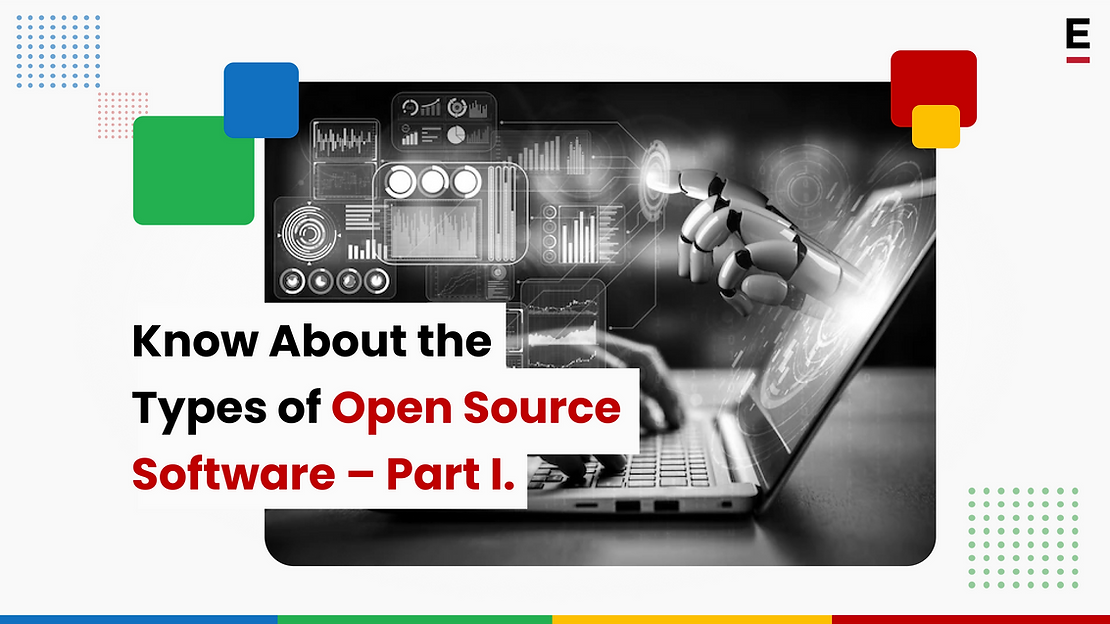According to TBRC, the global Open Source services market is expected to grow from $24.63 billion in 2021 to $30.57 billion in 2022, at a compound annual growth rate (CAGR) of 24.1%. The global Open Source services market is expected to reach $70.39 billion in 2026 at a CAGR of 23.2%. The report states that North America was the largest region in the Open Source services market in 2021. Asia-Pacific is expected to be the fastest-growing region during the forecast period. It states that partnerships between companies to accelerate technology evolution and reduce time to market are among the most popular market trends.
Taking a cue from global trends, let us now delve into the various types of Open Source software.
Open-Source operating systems allow users to run their applications. Users can access the files on their computers as well. Some popular Open-Source operating systems include Linux, FreeBSD, and OpenBSD.
Open-Source web servers enable users to host their websites. Some popular Open Source web servers include Apache, Nginx, and Lighttpd.
Open-Source database management systems are software that allows users to store and manage data. Some popular Open-Source database management systems include MySQL, PostgreSQL, and MongoDB.
Open Source Operating System
An Open Source operating system (OS) is a type of operating system that the open community and volunteers have built. Anyone with the necessary skills can change and redistribute the code. This is one of the key philosophies behind the Open Source movement.
Volunteer programmers create Open Source operating systems. There are numerous operating systems available. The most well-known example is Linux. Linux is an OS majorly designed for personal computers but has since been ported to various devices, from servers to phones.
How does an Open Source operating system work?
An Open Source operating system consists of two parts: the kernel and the userland. The kernel is low-level software that interacts with hardware. Userland is the part that contains all the applications and utilities. The kernel is typically licensed under a copyleft license. The userland can also be licensed under any terms desired.Advantages of Open Source Operating Systems
There are many advantages to using an Open Source OS. The most obvious one is that it is free. Additionally, there’s usually a large community of users and developers who can offer support when needed. Open Source OSes are also more secure than their proprietary counterparts. This is because anyone can audit the code for vulnerabilities.Disadvantages of Open Source Operating Systems
On the downside, Open Source operating systems can be less polished than their commercial counterparts. They often come with fewer features. Besides, support can be hard to come by in some cases.
Open Source Web Servers
An Open Source web server is a type of web server that allows users to edit, change, and redistribute its source code. It is also known as a collaborative web server. The code is also made publicly available, and anybody can change it.
How does an Open Source web server work?
It is a collaborative effort between developers from around the world. They all work together to create and maintain the code for the server. This allows for a much faster and more efficient development process. Plus, since the code is open to the public, anybody can download it and use it for their purposes.
Examples of Open Source web servers include Apache HTTP Server, Nginx, and Lighttpd.
Each one has its own set of advantages and disadvantages. For example, Apache is a prevalent option, but it can be pretty complex to set up and manage. Nginx is typically known for its speed and stability, but it has fewer features than Apache.
That’s a little overview of Open Source web servers. There’s more to them than what I’ve covered here, but this should give you a basic understanding of what they are and how they work.
Open Source Database Management Systems
An Open Source database management system (DBMS) is a type of system that helps users manage databases. The source code for these systems is available to the public. Volunteers and the programming community manage its development.
Some popular Open Source DBMSs include MySQL, MariaDB, and PostgreSQL. Many large organizations, including Facebook, Google, and Amazon, also use these systems.
There are several advantages to using an Open Source DBMS. One is that they are usually free to use. Another is that they are more dependable and secure than closed-source software. Finally, Open Source DBMSs are often more flexible and customizable than their closed-source counterparts.
But, there are also some disadvantages to consider. One is that Open Source Software can be more challenging than closed-source software. Another is that it can be harder to find support if you run into problems.
In the next blog post, we will discuss more types of Open Source Software, i.e., Mobile Development Frameworks, QA Automation Tools, Office Software Suites, and Content Management Systems.
Stay tuned!




